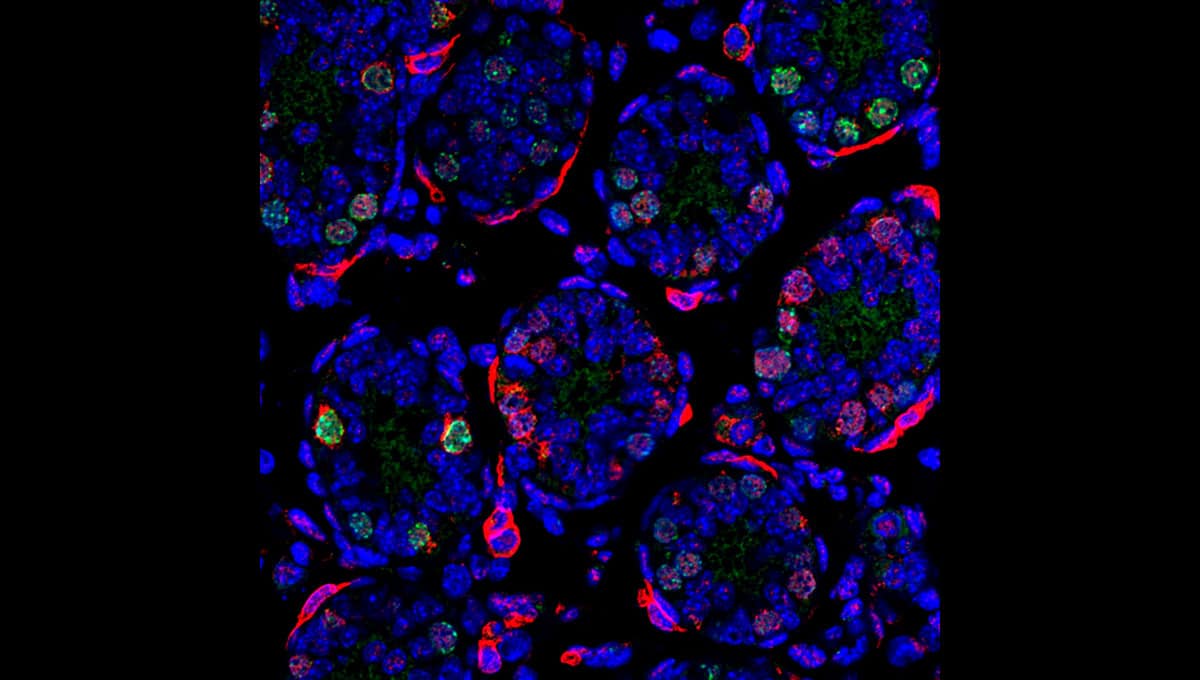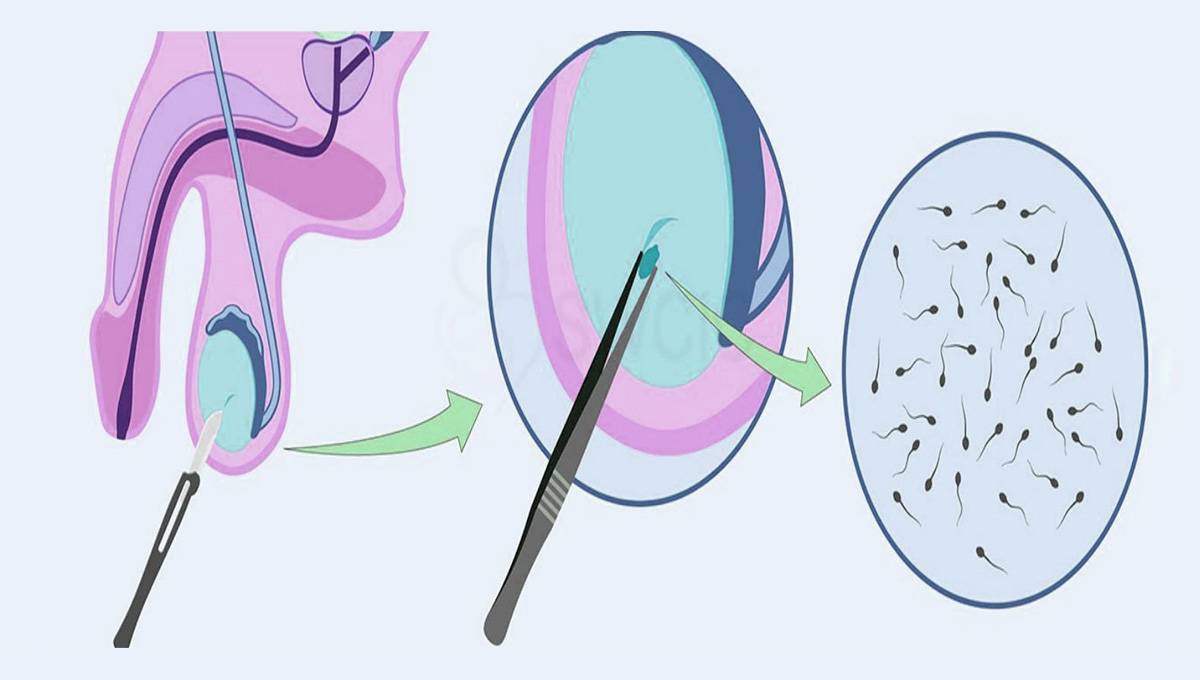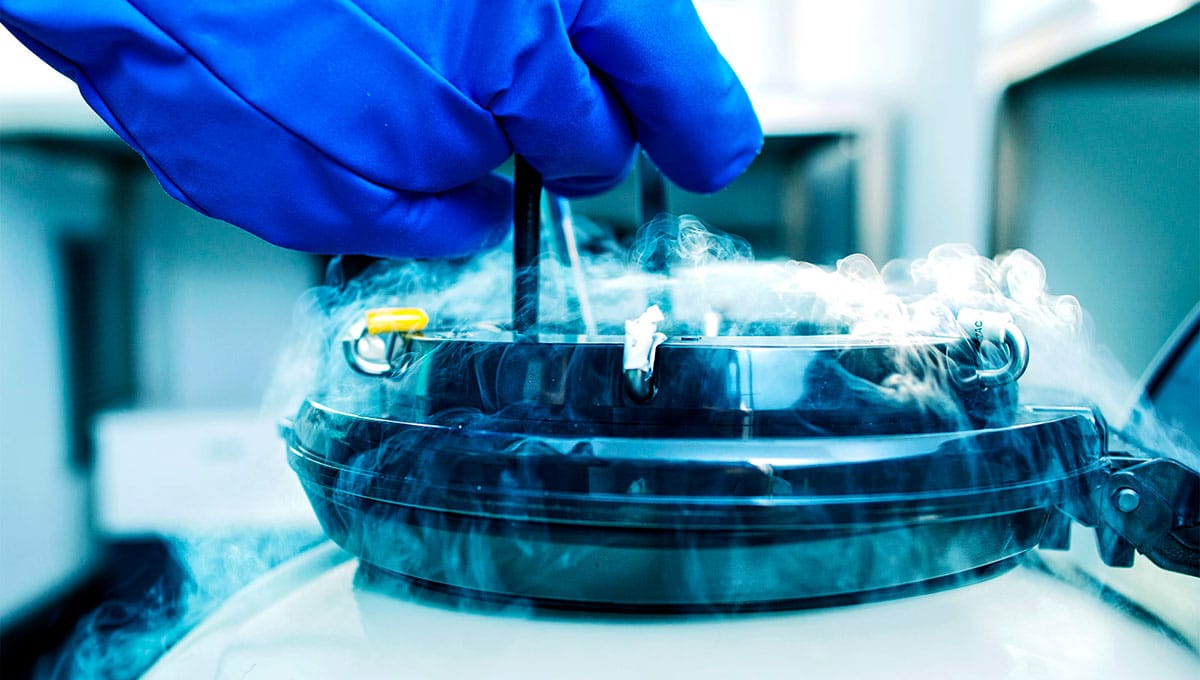Women are waiting longer and longer to have children and often don’t realise the risks of pregnancy after 35. This has medical professionals concerned about the risks for both the mother and the child.
A recent study conducted by the Centers for Disease Control and Prevention showed that birth rates among women aged 30 to 34 surpassed those among women aged 25 to 29. Moreover, this is something that hasn”t happened in over three decades.
This current trend coincides with the increase in multiple births and congenital disabilities the medical community is seeing.
The Number One Reason Why Women Wait
So why are women waiting so long to have children and plan for only for pregnancy after 35? Especially with the known risk factors associated with it? Higher education levels, improved methods of contraception as well as social shifts are partly to blame. Not to mention, women want to wait longer to start their families so they can focus on their careers.
These women are being termed as advanced maternal age (AMA) or older mothers. They feel that these terms are unfounded and that their age has no effect on their health or the health of the child. Are they right? Or does the medical community have a point in stating that 35 and older may to be too old to have a baby?
Let”s take a look at some of the risks of delaying pregnancy until age 35 years or older:
www.amitamin.com/en/fertilsan-m New life deserves the best possible start!We provide the essential building blocks for this.
Decline in fertility
As we grow older, there is rapid a decline in fertility from the age of 35 and this could make conceiving a child more difficult. Women see a declining number of eggs and men see declining sperm counts, motility, and semen volume.
Genetic risks
Research published in the Journal of Physiology states that certain genetic risks are present in pregnancy as women grow older. These can include Down”s Syndrome, autism, physical birth defects and more.
Miscarriage
The risk of miscarriage increases as women grow older. The average rate of miscarriage grows from 8.9% in women aged 20-24 to over 74% in women 45 years and older. This is a result of the decline in a woman”s egg quality.
Stillbirth
Stillbirth is twice as common in older women than younger ones. Furthermore, this number increases if the woman aged 35 or older is having her first child.
Pregnancy-related complications
Women aged 35-40 are shown to have more pregnancy related complications than their younger counterparts. These complications can result in emergency cesarean delivery, postpartum hemorrhage, gestational diabetes and placenta previa. Additionally, there is also a risk of breech positioning of the baby, preterm birth, low birth weight and high birth weight.
Stroke
Pregnant women aged 40 and older are at greater risk of ischemic stroke, hemorrhagic stroke, heart attack and death from cardiovascular disease. This is according to research presented at the American Stroke Association’s International Stroke Conference 2016.
Medical Community Skeptical
While some in the medical community are opposed to this idea, statistics show that there are certain risks associated with giving birth at ages 35 and older. However, most women aged 35 and older will have a normal pregnancy with very few birth complications. They will also go on to deliver a healthy baby. The best advice is to speak with your doctor and discuss whether waiting to have a child is a good idea or not.
Improve your fertility with micronutrients
Several micronutrients such as vitamins, vitaminoids, amino acids and trace elements have proven themselves effective in improving sperm quantity, mobility and shape. This directly translates into better overall sperm quality and therefore a higher chance of pregnancy.
A natural food supplementation therapy for men is’ link=” linktarget=” av_uid=’av-dyzx2i’[/mfn]
- relatively inexpensive
- effective after three to six months
- able to increase sperm motility by up to 23%, ejaculate volume by up to 33% and sperm count by up to 215%1 “Imhof, Martin et al., “Improvement of sperm quality after micronutritient supplementation”, e-SPEN, the European e-Journal of Clinical Nutrition and Metabolism, Epub published ahead of print.”
- without side effects
For those reasons, male fertility food supplements are most definitely recommended as the first step in the treatment of oligospermia and asthenospermia.
Also men who have not yet taken a semen analysis test will benefit from supplementing micronutrients to ensure they are able to deliver high-quality semen.
There are no contraindications or side effects to this form of natural “sperm boosting”.
An excellent and detailed overview of many studies can be found in Steven Sinclair’s Male Infertility: Nutritional and Environmental Considerations.
A considerable range of male fertility supplements available on the UK market.
However, the products differ widely in price and composition. Menfertility.org has compared 10 of them in terms of value for money and the nutrients they provide.
The most effective male fertility nutrients
A multitude of studies has shown that highly dosed nutrients have potentially significant impact on overall sperm quality.
The amino acid L-arginine has been proven to increase sperm count and motility 2 “http://www.altmedrev.com/publications/5/1/28.pdf” 3 “http://www.ncbi.nlm.nih.gov/pubmed/7701414“.
Another amino acid L-carnitine has been found to significantly improve sperm concentration (count) and motility over a relatively short period of only 8 weeks4 “http://www.ncbi.nlm.nih.gov/pubmed/12568837“ 5 “http://www.ncbi.nlm.nih.gov/pubmed/8085668“.
Vitamin D has been shown to improve sperm count, motility and morphology6 “http://www.ncbi.nlm.nih.gov/pubmed/21427118“.
Vitamin B9, better known as folic acid has been shown to increase count, motility and morphology7 “http://www.ncbi.nlm.nih.gov/pubmed/20978181“.
Zinc improves the immune system and significantly improves sperm count in combination with folic acid8 “http://www.ncbi.nlm.nih.gov/pubmed/11872201“.
Selenium in combination with vitamin E has been found to improve motility9 “http://www.ncbi.nlm.nih.gov/pubmed/21403799“ 10 “http://www.ncbi.nlm.nih.gov/pubmed/12623744“ 11 “http://www.ncbi.nlm.nih.gov/pubmed/8862739“.
Nutrients must be applied permanently
Sperm cells take 11 weeks to mature in the testicles. Only then they are ready for ejaculation.
If you adjust your diet today it will thus take three months for the better sperm to be ready for fertilisation.
You must therefore keep the diet or supplement on an ongoing basis – ideally until your partner is pregnant or you decide for a different treatment.
All of the male fertility supplements in our great test include several of these nutrients at once, albeit at a lower dose. This is a cost-effective and convenient way making this type of fertility therapy affordable and requiring taking only one all-in-one supplement instead of many.
To find out more about the effects of the individual nutrients and how the various supplements compare, please read menfertility.org’s male fertility supplement review.
The top male fertility supplements

Dr. Jones is an experienced consultant in assisted reproduction.
He has worked as a Fertility specialist at Kingston Hospital Assisted Conception and nearly 10 years experience of working in Obstetrics and Gynaecology across hospitals in the UK.
He completed his Masters in Assisted Reproduction Technology and then his PhD, from Imperial College London. Dr. Jones main areas of interest are Single Embryo Transfer, Endometriosis, PCOS and Implantation failure in IVF patients. He is a member of the British Fertility Society and an associate member of the Royal College of Obstetrics and Gynaecology.
Bibliography
- 1“Imhof, Martin et al., “Improvement of sperm quality after micronutritient supplementation”, e-SPEN, the European e-Journal of Clinical Nutrition and Metabolism, Epub published ahead of print.”
- 2“http://www.altmedrev.com/publications/5/1/28.pdf”
- 3
- 4
- 5
- 6
- 7
- 8
- 9
- 10
- 11









